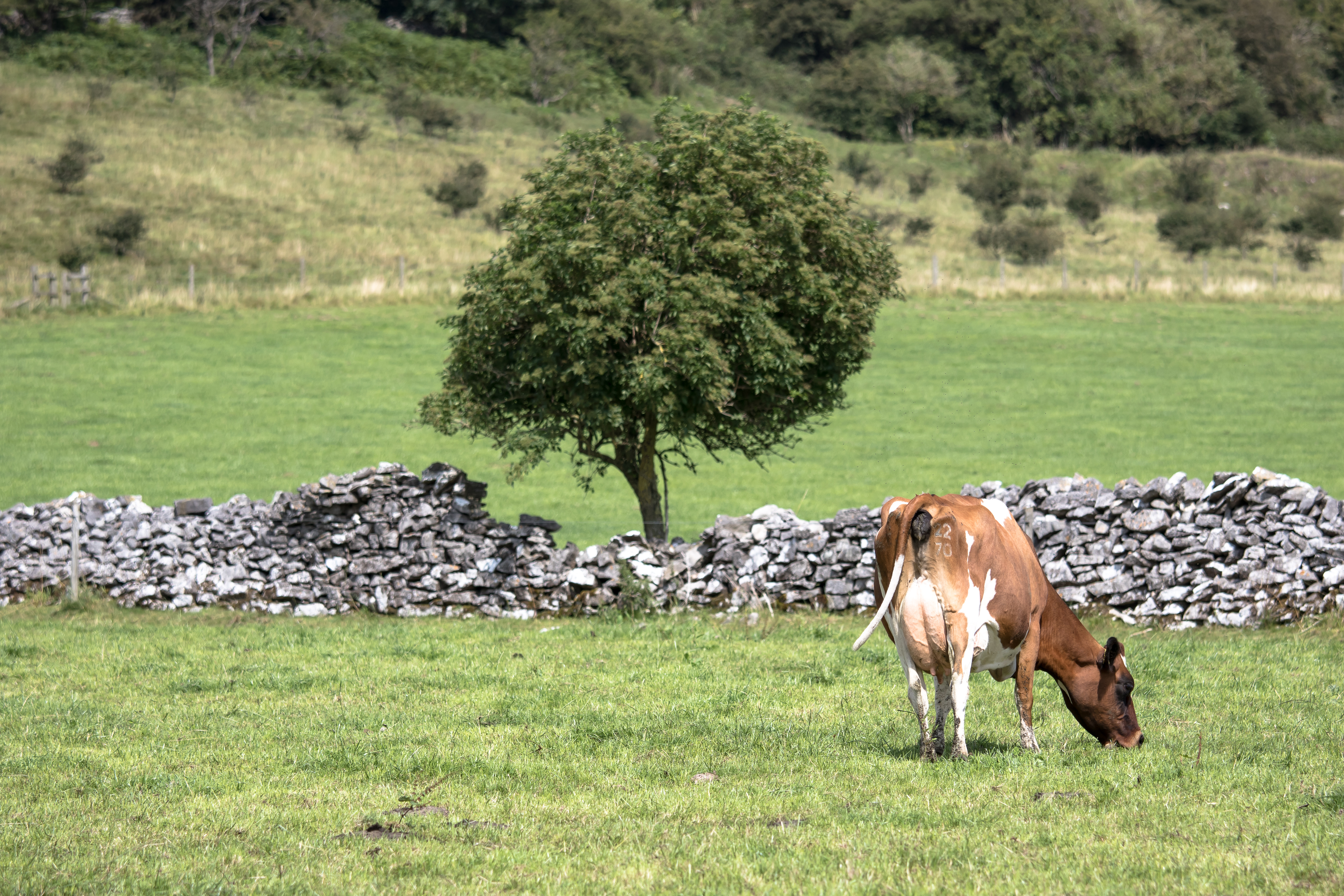The impact of lost grazing days
Friday, 27 March 2020
The cost of a lost grazing day to businesses is an important calculation, even for experienced grazing managers. But while Teagasc puts spring grass at £2.50/cow/day in lost profit, this year’s tricky start means there are likely to be extra costs, as well as consequences, for the rest of the grazing season, warns LIC consultant Bess Jowsey.
Not following a spring rotation planner at turnout, or lacking confidence to turn out for fear of poaching, have put many farms well behind schedule. “The start of the year hasn’t gone according to plan, weather has been less than ideal, but your decisions over the next month will be crucial so that a poor start doesn’t impact the whole season. Focus now on the long term,” says Bess.
“There are farmers who have tried to have a normal turnout, yet, for many, just 60% of the farm has been grazed, instead of the target 80–90%, by the end of March. And grazing long, wet grass has led to poor residuals,” she explains.
Because the first grazing round stimulates grass to grow, all of these ungrazed paddocks will have slower growth rates and quality will decline as grass gets longer. With only a portion of the farm grazed by Magic Day - the day that grass supply matches grass demand, plus poor residuals in the first round, grass quality in the second rotation is likely to be affected.
It’s a particular problem for spring-calving herds that rely on quality grazing to boost fertility and conception rates. But if the platform isn’t grazed well across the whole season and quality declines, by autumn many will be tempted into winter feeding and housing to support milk yields, thus adding to production costs.
“The best thing may be to take an early cut of silage on the ungrazed fields, provided there is enough grass in the wedge to avoid a short-term deficit. Possibly there will need to be more mechanical correction – and earlier – after the third or fourth round, either taking grass as a surplus, or pre- or post-mowing to reset residuals and quality,” suggests Bess.
Prevention is always the better option, which means a change in mindset is still important for many people. Rotational grazing is a biological system, not a mechanical one, which requires having a finger on the pulse and basing actions on facts and measurements, not gut feeling.
The key to avoiding spring problems is to have more faith in the recovery of grazed pastures and use the spring rotation planner on grazing software programs, says Bess. “Understand the goals in the spring rotation planner, particularly how to use average farm cover to adapt the plan as spring develops. It accurately manages supply and demand of grass during a deficit and gets you to Magic Day,” she says.
“People won’t put cows out, even though it’s only for a short time and grass recovers well. They forget how much compaction is created by machinery – and at a deeper level. You can see that grass doesn’t grow as well where tractors and trailers have travelled, spreading fertiliser or cutting silage.”

Topics:
Sectors:
Tags:

